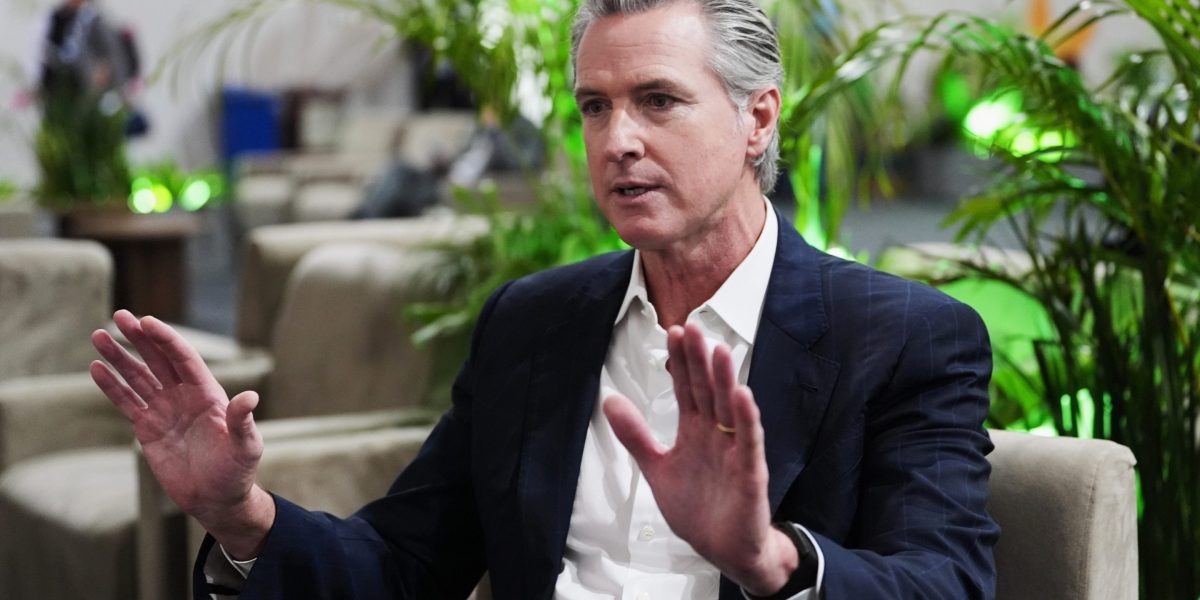This uncertainty collides with harsh financial realities across every aspect of life. Families are already juggling mortgage payments, childcare costs, and rising living expenses in an increasingly expensive world. Add to this that the Canadian Scholarship Trust estimates a four-year university degree could cost as much as $192,000 by 2042.
It raises a crucial question: Is putting your hard-earned dollars toward education savings still the right choice?
The answer, according to extensive research, is a resounding yes—and the benefits extend far beyond what most parents realize.
Post-secondary grads earn more, live longer, and give back more to society
Post-secondary education—whether college, university, or apprenticeships—delivers powerful career advantages that remain robust even as the economy evolves.
Canadians with post-secondary credentials consistently enjoy higher employment rates and earn more than those with high school education alone. The income differences are substantial and persist throughout careers.
As automation and AI transform the workforce, education provides crucial protection. Research from Statistics Canada shows that only 3-4% of university graduates face high risk of job displacement, compared to 33% of workers without post-secondary education.
But focusing solely on career benefits misses the fuller picture. Post-secondary education graduates live significantly longer and healthier lives, they’re less likely to smoke, they exercise more regularly, and they engage more actively in preventive healthcare. Graduates form more stable relationships and spend more time in enriching activities with their children. They vote more often, volunteer more frequently, donate to charity more generously, and engage more actively in civic organizations. Post-secondary education is associated with stronger families and communities across generations.
Given these profound benefits, supporting your child’s post-secondary education is clearly important. But encouragement alone won’t cut it—starting to save early is essential because debt can undermine everything education promises to deliver.
X
How do RESPs work?
Learn what they are and how to fund them
The true cost of student loans goes beyond interest payments
In Canada, post-secondary graduates who carry debt average tens of thousands of dollars in student loans. That burden doesn’t just take years to repay; it fundamentally alters life trajectories. Research shows debt-burdened graduates are pressured to prioritize immediate earnings over meaningful work, often abandoning initial interests in public service or nonprofit careers. They’re significantly less likely to start businesses due to fixed monthly obligations, and more likely to delay homeownership, marriage, and having children.
Studies consistently link debt to increased anxiety, depression, and what behavioral scientists call a “bandwidth tax,” the constant mental load of financial worry that reduces cognitive capacity for critical decisions.
But here’s the encouraging truth: That daunting parenting challenge is actually manageable, and the future is brighter than it might seem. Rather than trying to predict the future or guess which specific careers or skills will matter most, registered education savings plans (RESPs) offer an optimistic approach: invest in your child’s boundless potential to thrive in whatever world emerges.
RESPs can be used for university, college, apprenticeships, or a wide array of skills training programs, so you’re not betting on just one path. Instead, you’re ensuring your child graduates with the critical thinking, problem-solving abilities, and emotional resilience that will serve them well across any future scenario—and most importantly, the financial freedom to chase their dreams and seize opportunities we can’t even imagine yet.
You can’t predict the future—but you can prepare your child to create it
As computer scientist Alan Kay once said, “The best way to predict the future is to create it.” By saving early and consistently for your child’s education, that’s exactly what you’re doing, and it’s reason for tremendous optimism. You’re not trying to guess what your child’s world will look like, you’re empowering them to build it themselves, pursue their passions, and contribute to making the world better, whatever direction their interests and talents may take them.


























